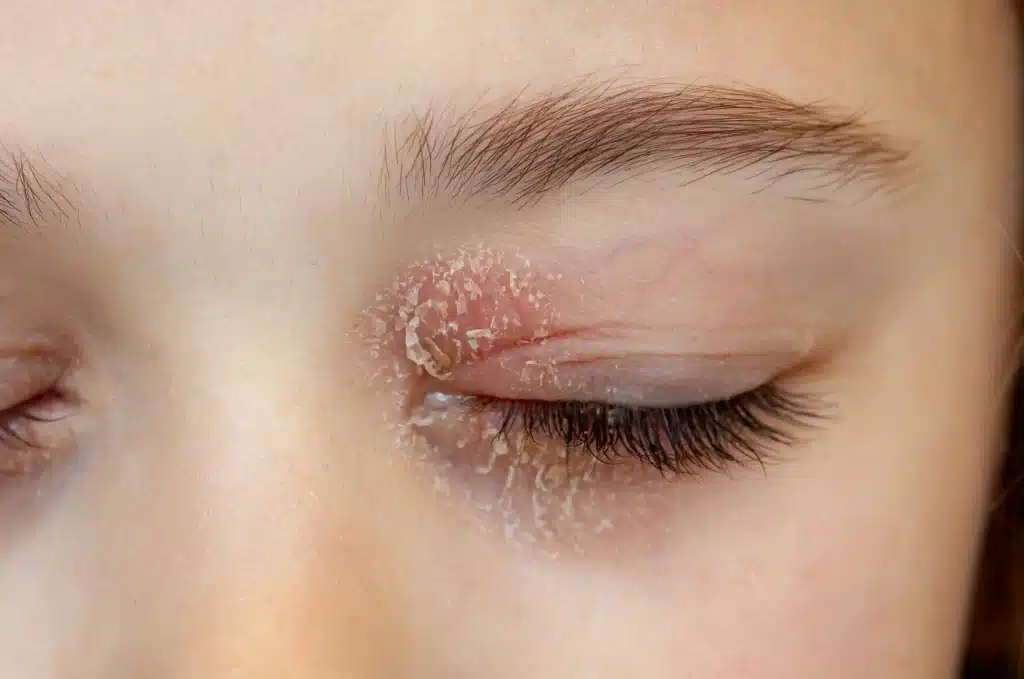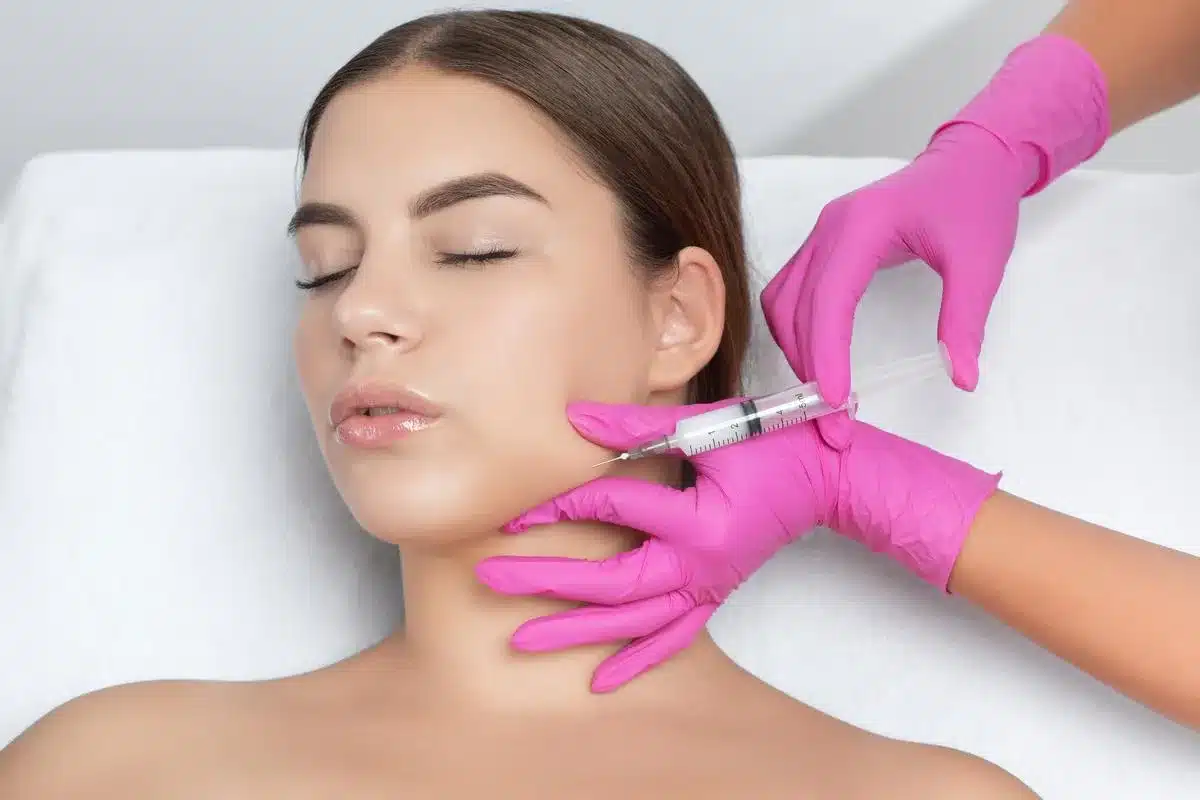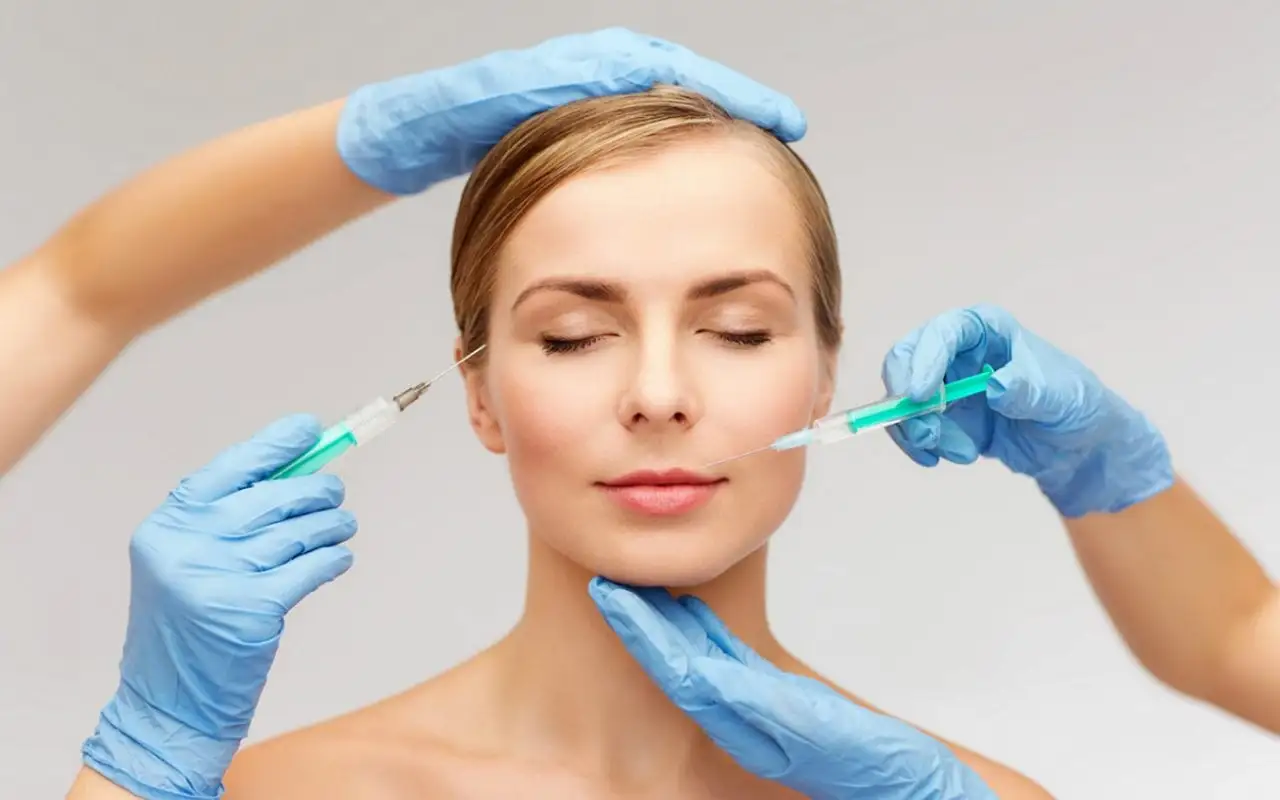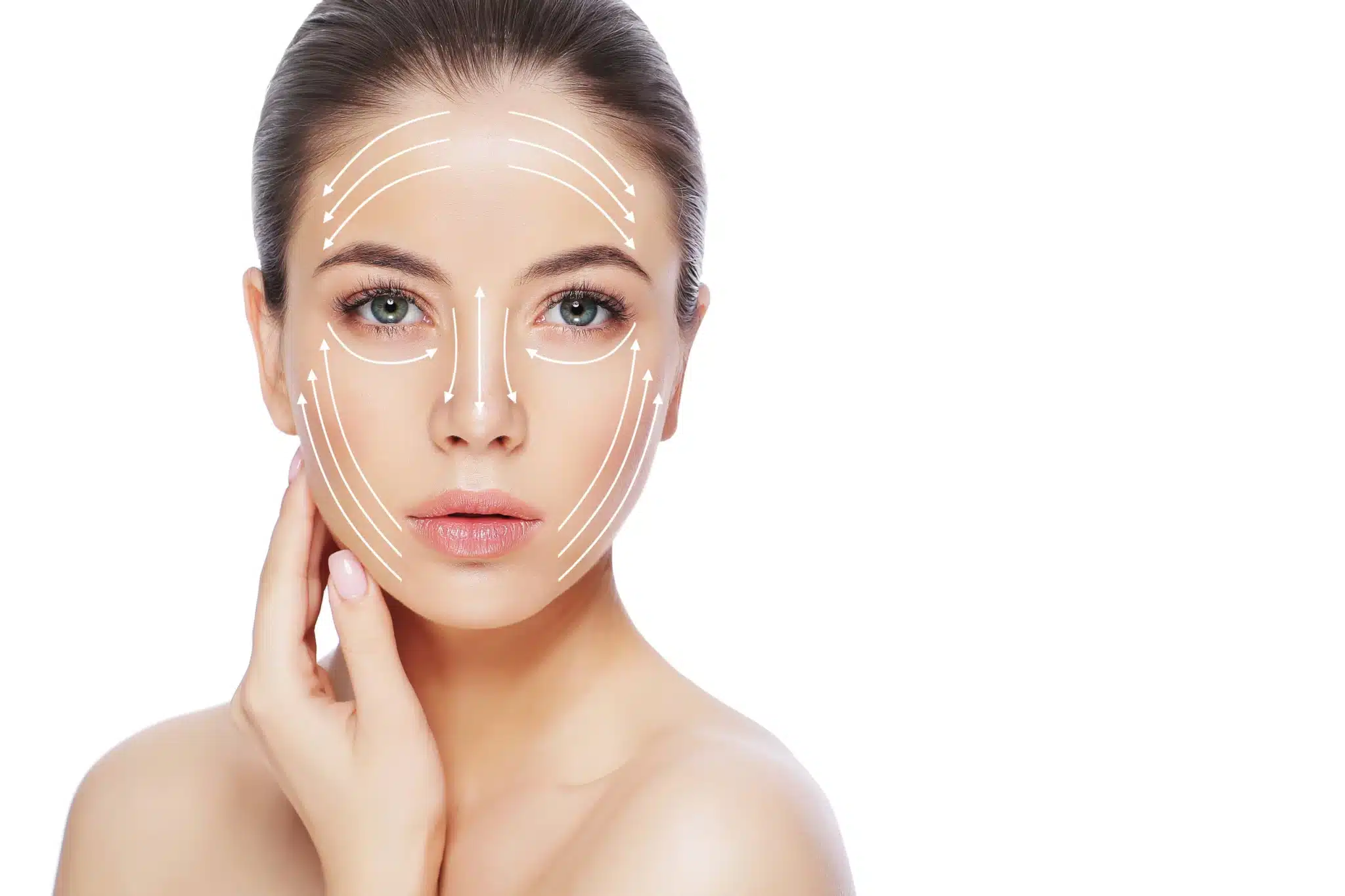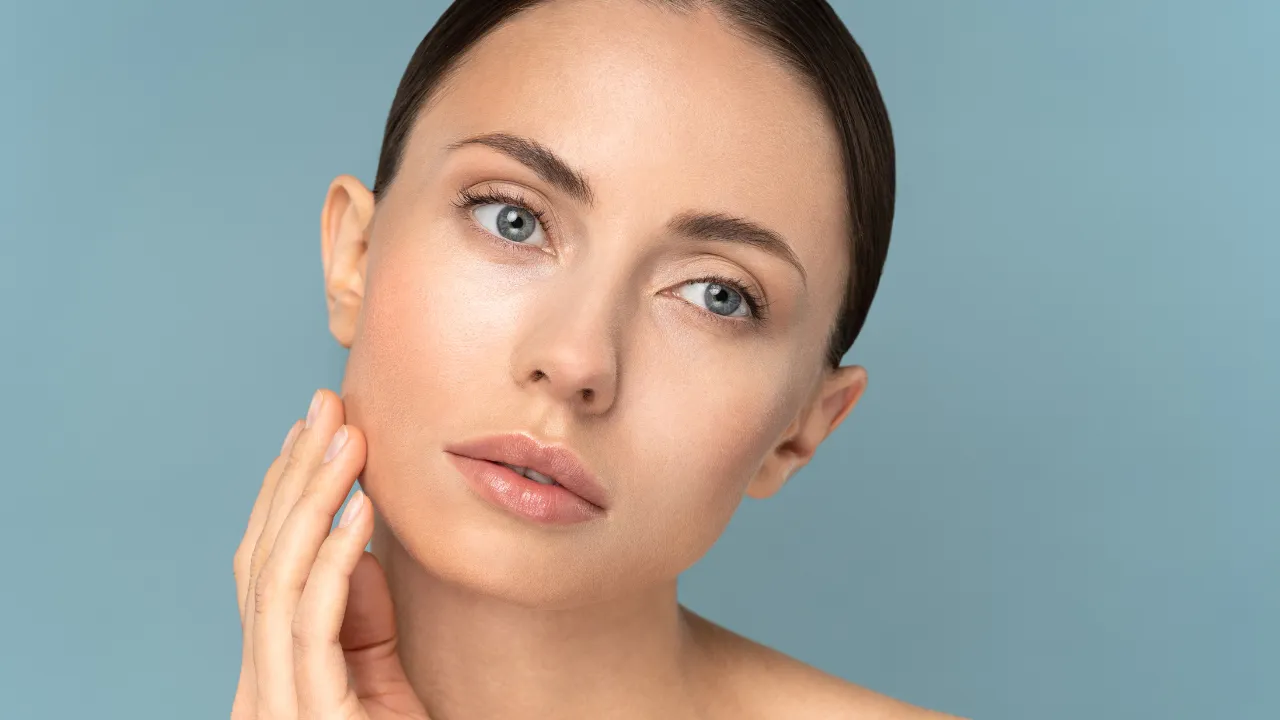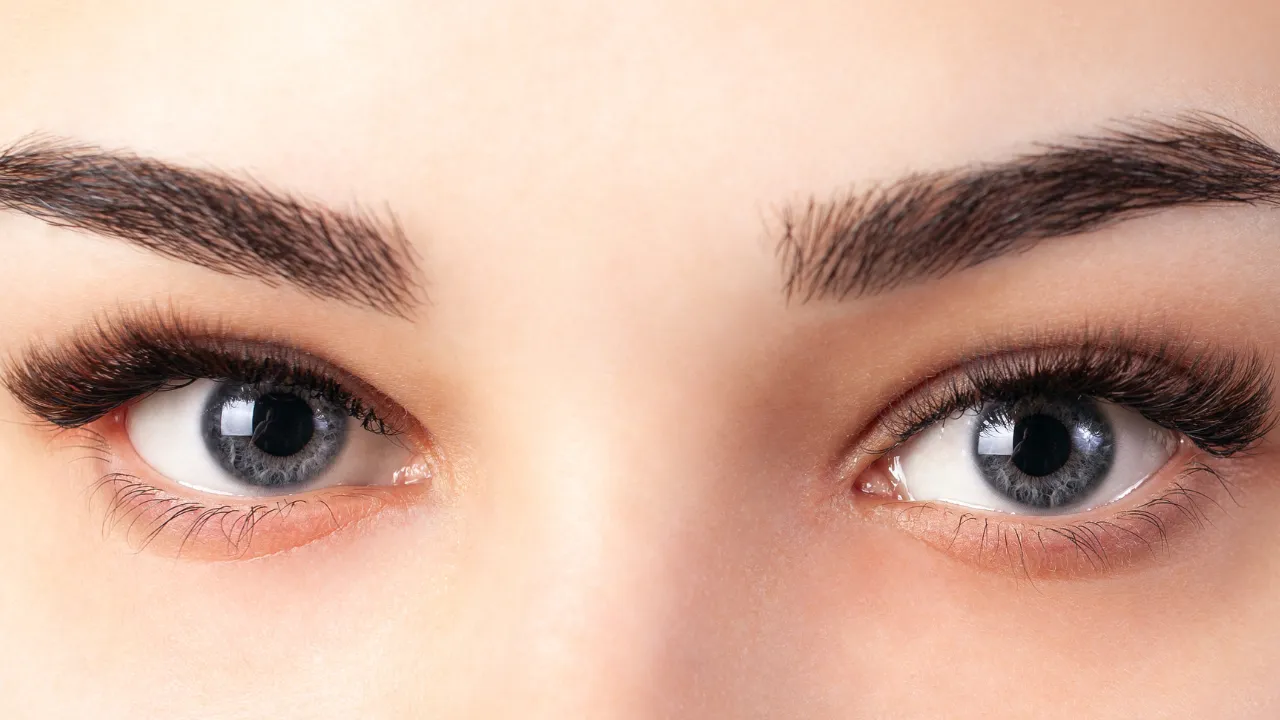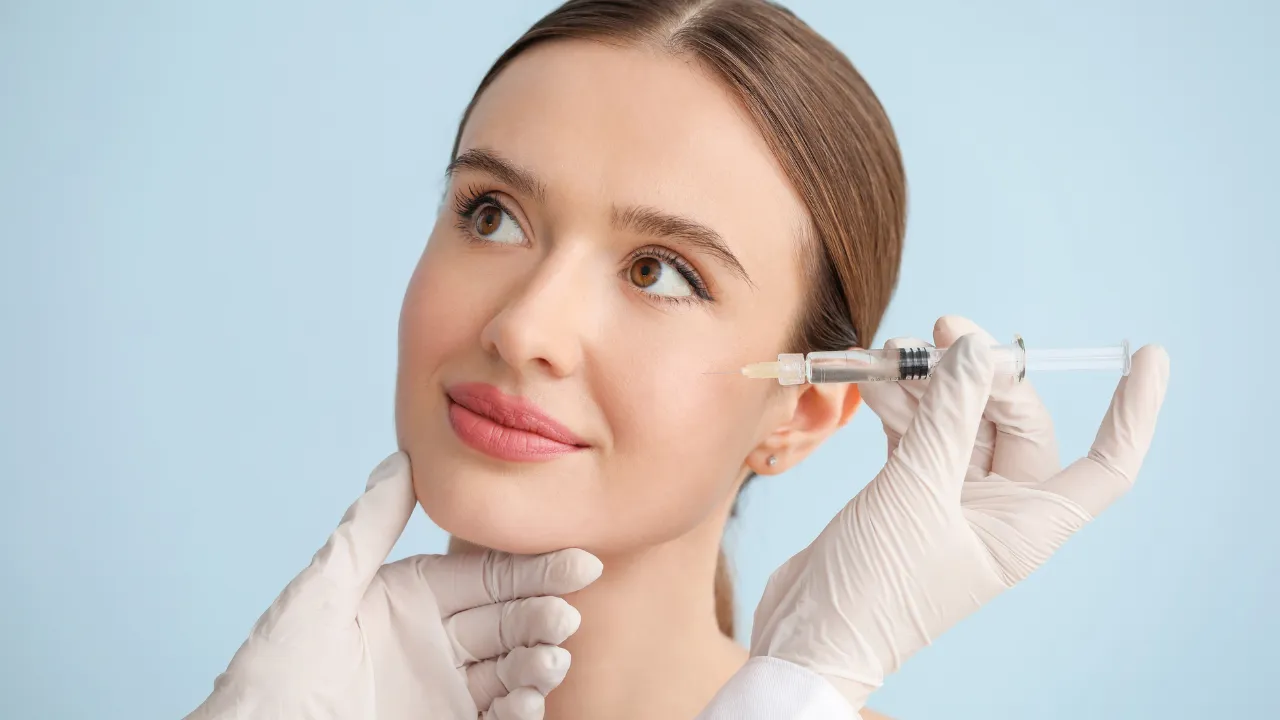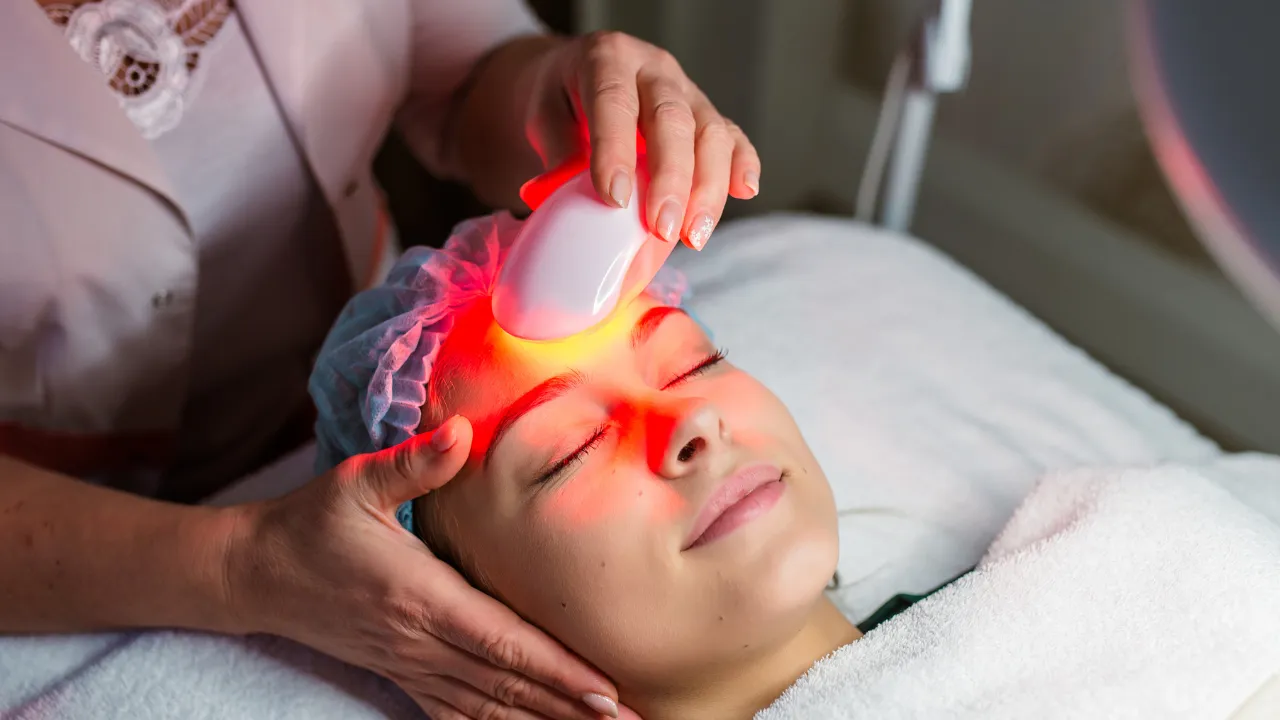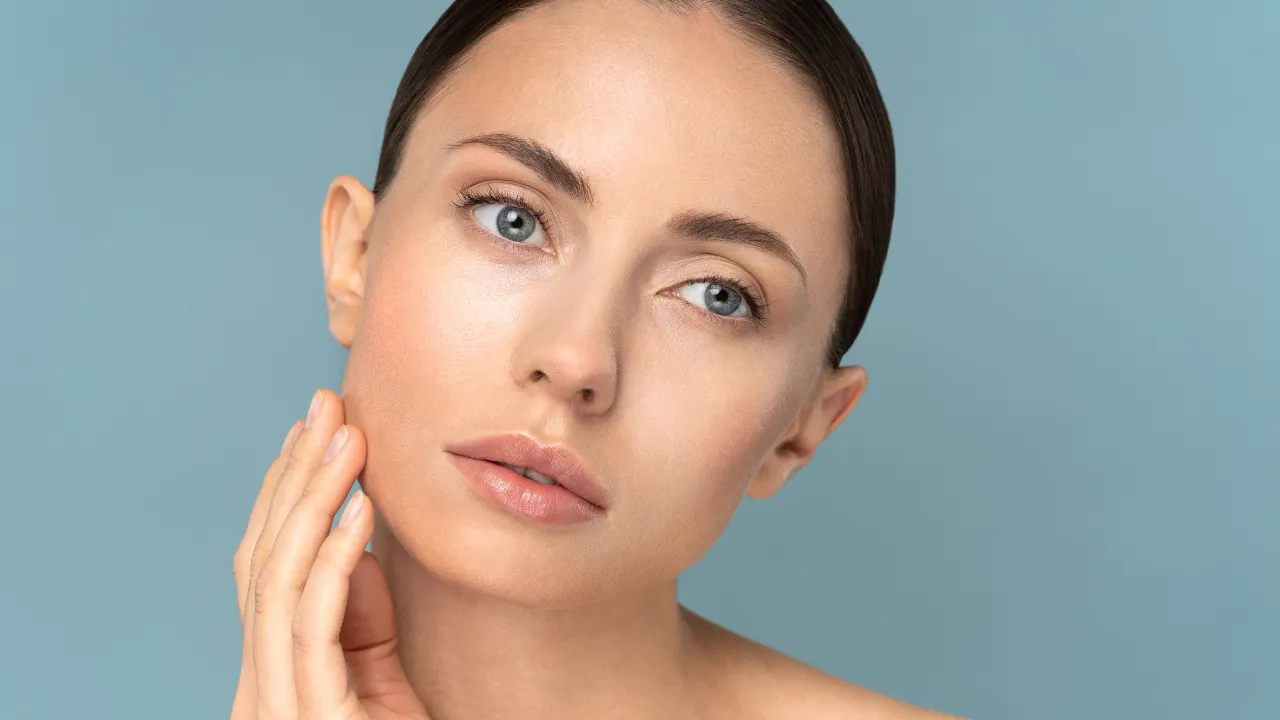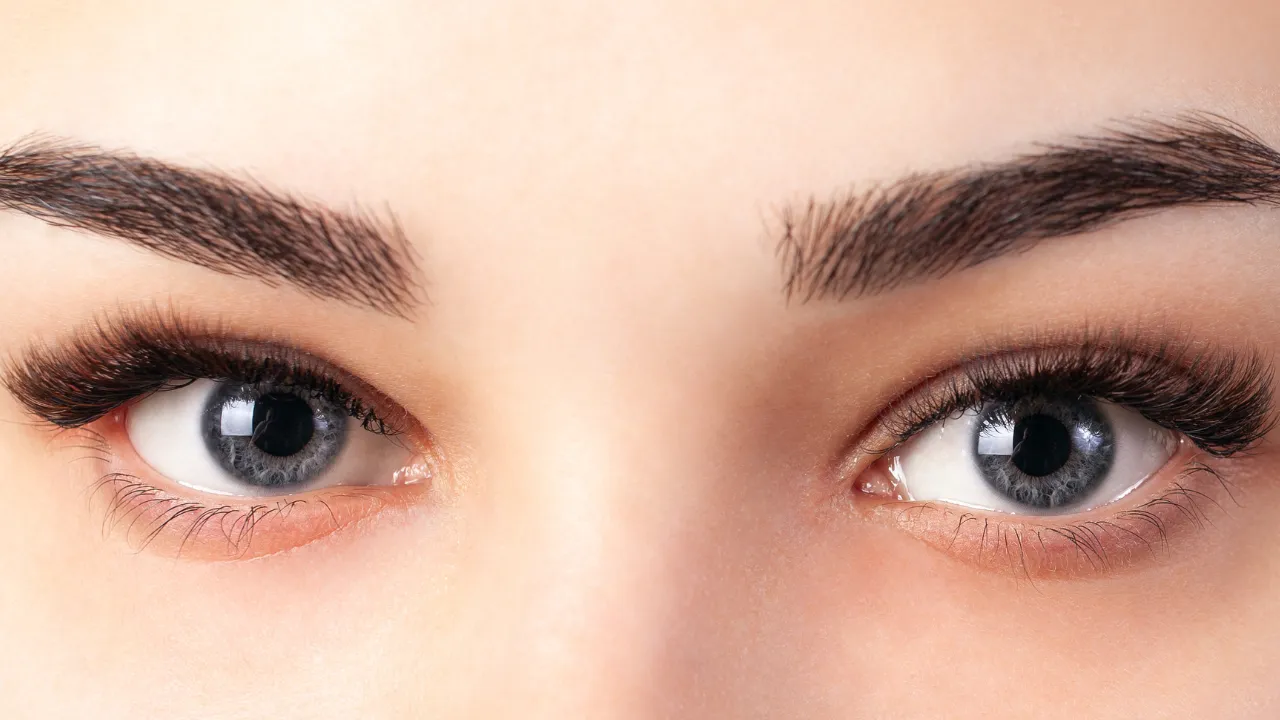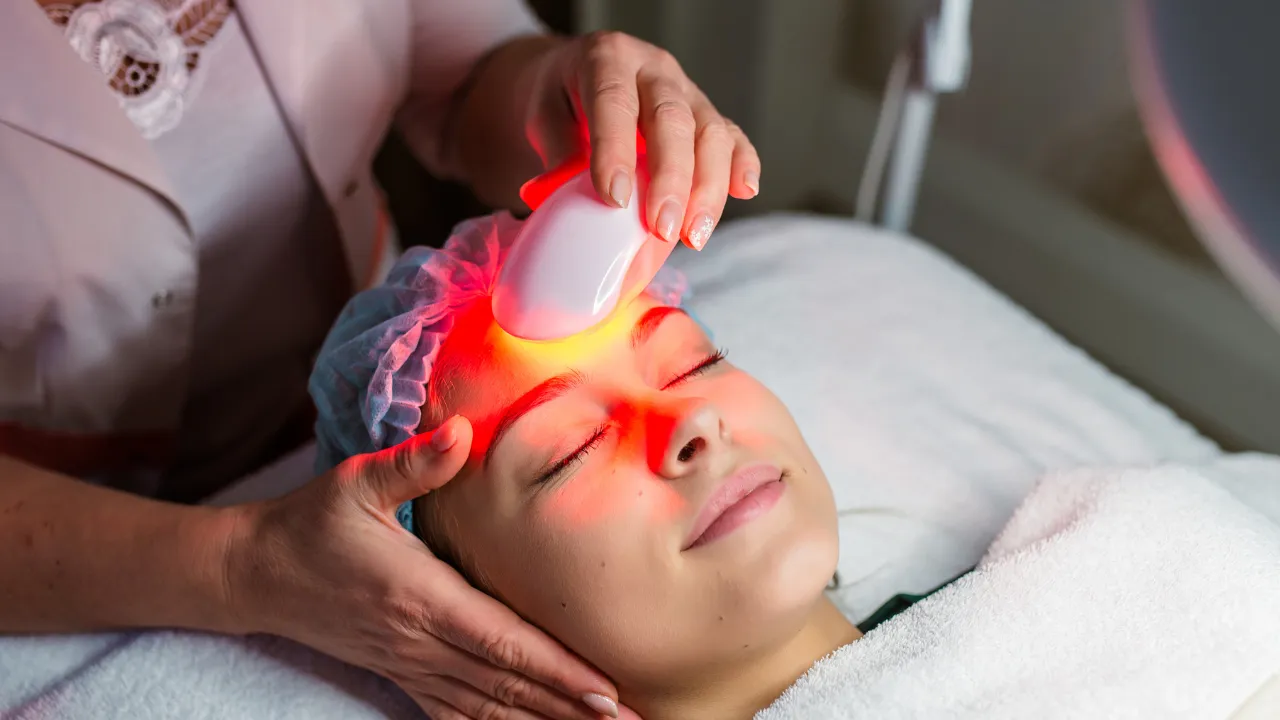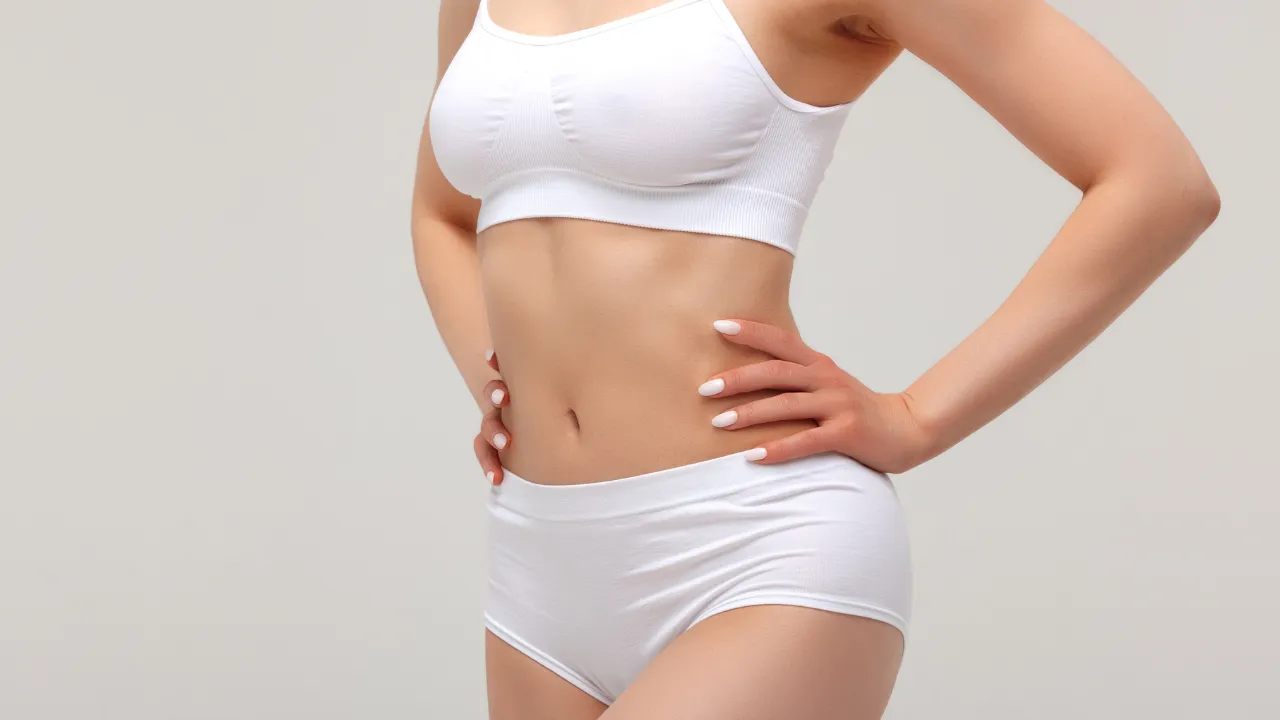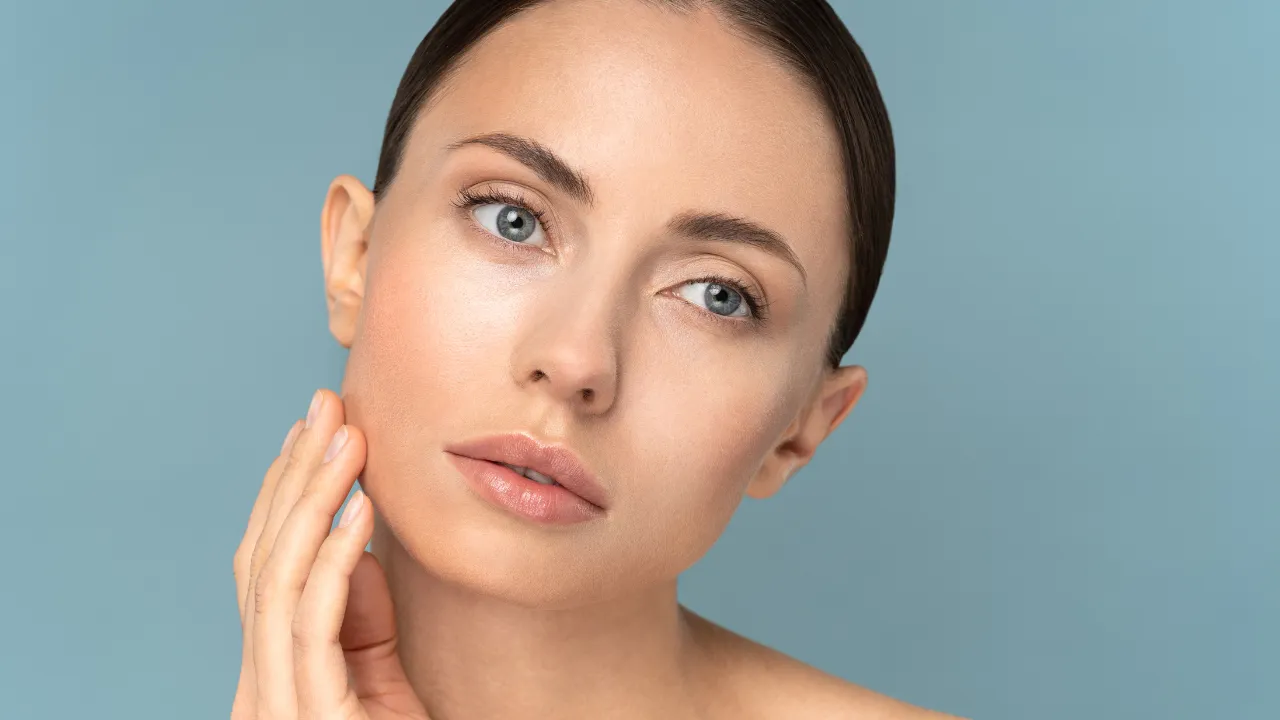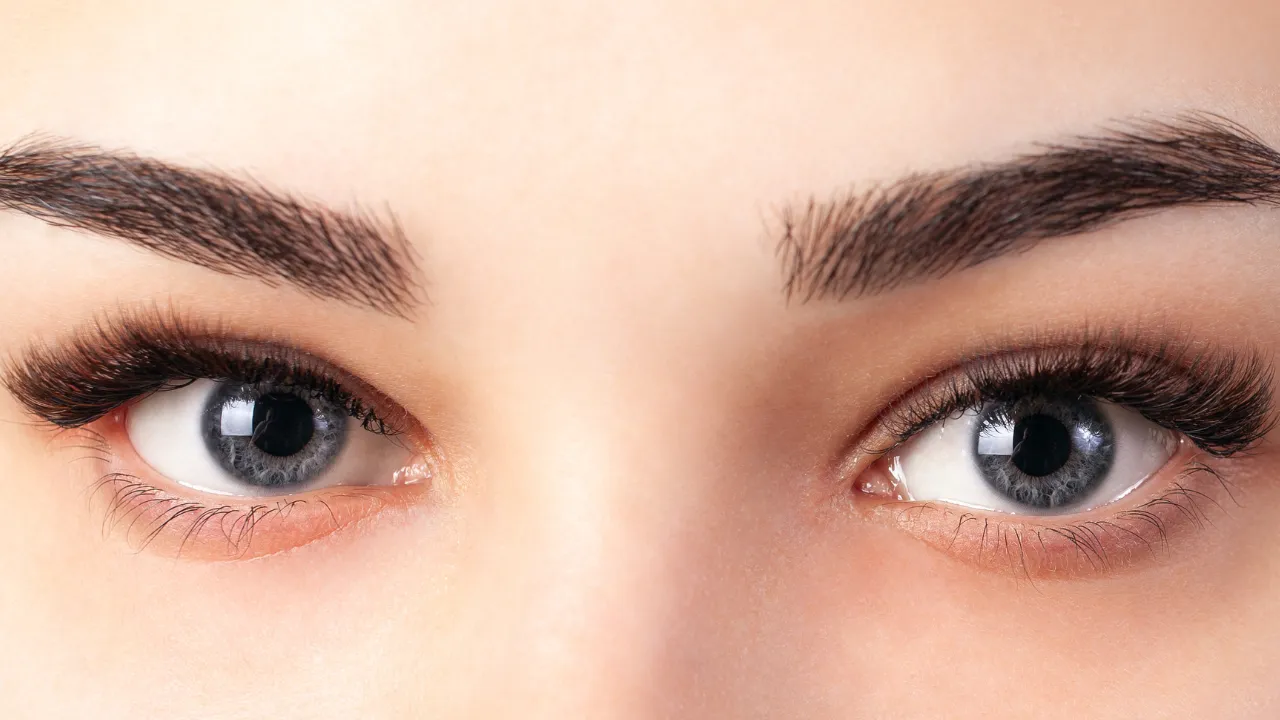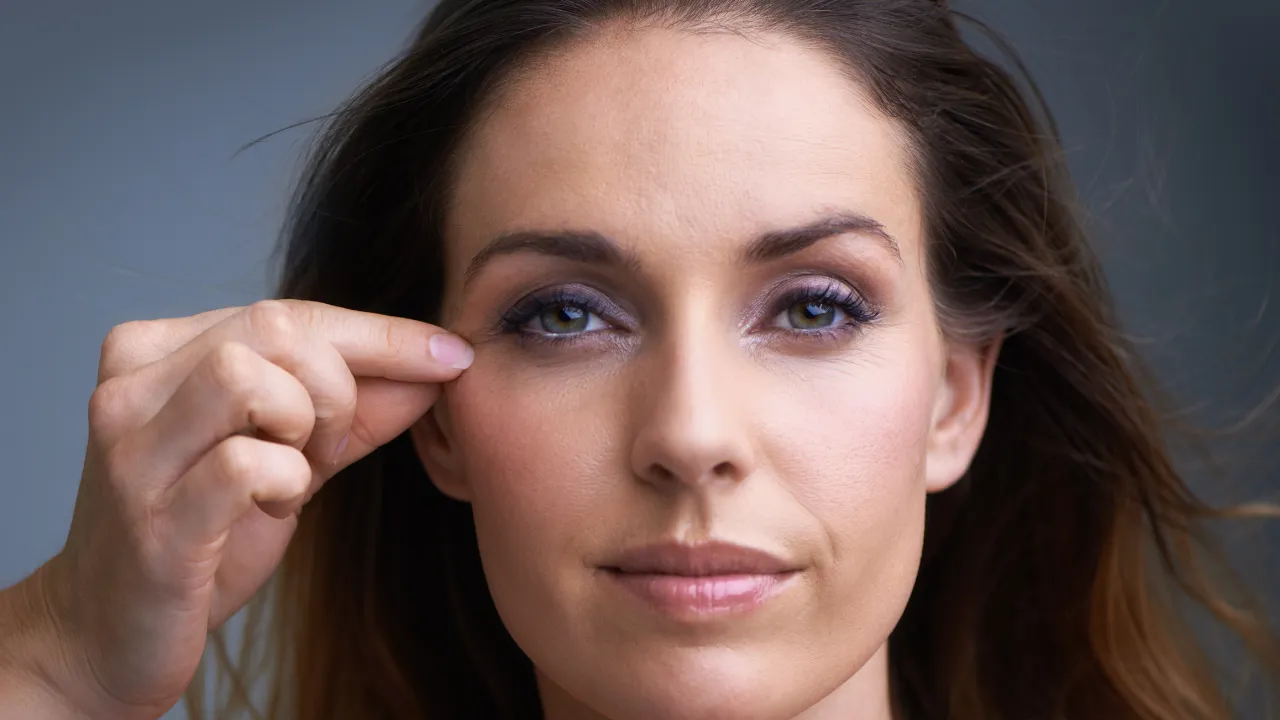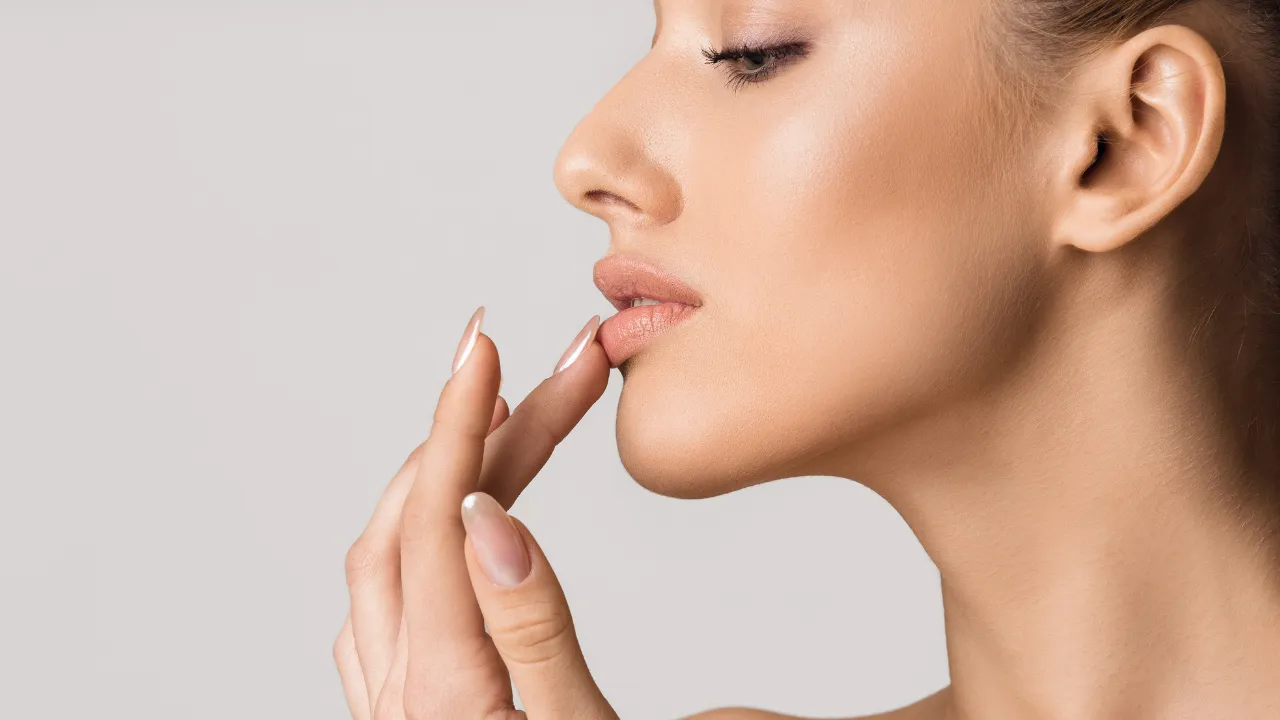Eyelid dermatitis affects the thin skin around your eyes. It often causes itching, redness, and swelling. Many people wonder how long does eyelid dermatitis last if they don’t treat it.
At Kopelman Aesthetic Surgery, Dr. Joel Kopelman—a board-certified oculoplastic surgeon with over 35 years of experience—helps patients understand this condition, its triggers, and how to manage it.
Key Takeaways
- Eyelid dermatitis may last 1–2 weeks for mild irritant cases. Allergic types can stay for several weeks without treatment.
- Triggers include cosmetic products, nickel, hair dye, nail polish, and allergens like pollen and dust.
- Treatments like steroid creams, moisturizers, and cold compresses can help ease symptoms faster.
- Prevent flare-ups by avoiding triggers and using gentle skin care. See Dr. Kopelman for expert care if symptoms last or worsen.
- Call a doctor if your vision changes or symptoms don’t improve in two weeks.
Table of Contents
ToggleEyelid Dermatitis Duration and Healing
Does Eyelid Dermatitis Go Away on Its Own?
Mild cases can get better without medical care. If caused by an irritant, symptoms may improve in 1–2 weeks if you avoid the trigger. But allergic contact dermatitis often stays longer because your immune system keeps reacting.
Severe or chronic cases may not heal without treatment. They can also lead to skin infections or thick skin around the eyes. The eyelids are very thin, making it harder to stop ongoing irritation.
How Long Do Eyelid Eczema and Allergies Last?
Eyelid eczema linked to atopic or seborrheic dermatitis can last weeks or months. Allergic reactions to makeup, nail polish, or hair dye may also linger until you stop exposure.
Patients often ask how long does eyelid contact dermatitis last?, and the answer depends on the severity. In mild cases, it may improve in 1–3 weeks after avoiding the allergen. Severe cases can take several weeks to fully resolve without medical help.
What Happens If Left Untreated?
Without treatment, redness, swelling, and dry skin can get worse. Scratching may cause skin infections. Chronic irritation can make the eyelid skin thick and harder to heal over time.
How Long Does Eyelid Dermatitis Take to Heal With or Without Treatment?
- Without treatment: Irritant contact dermatitis may clear in 1–2 weeks. Allergic types can last 3–6 weeks.
- With treatment: Symptoms often improve in a few days when using steroid creams, topical antibiotics for infections, and avoiding the trigger.
- Many patients also ask how long does it take for eyelid dermatitis last after starting treatment. In most cases, noticeable improvement happens within 5–7 days, but full recovery can take 2–3 weeks.
Different Types of Eyelid Dermatitis
This condition has several forms. Each type has different causes and recovery times.
- Irritant Contact Dermatitis: Caused by soaps, detergents, or other irritants. Heals in about 1–2 weeks if the irritant is avoided.
- Allergic Contact Dermatitis: Triggered by allergens like fragrances, nickel, or hair dye. May last weeks without care.
- Atopic Dermatitis (Eczema): A chronic skin condition causing recurring flare-ups. Symptoms can last months if untreated.
- Seborrheic Dermatitis: Causes flaky, greasy patches from overactive oil glands. Flare-ups may return often.
Causes and Symptoms
Eyelid Dermatitis Causes and Triggers
Everyday products and allergens often cause eyelid dermatitis. Knowing your triggers helps avoid flare-ups.
- Cosmetic Products: Eye makeup, mascara, and lotions with fragrances or preservatives can irritate sensitive eyelid skin.
- Metals: Nickel in jewellery or eyelash curlers is a frequent allergen.
- Hair Dye and Nail Polish: Chemicals can trigger reactions, especially if you touch your eyes.
- Allergens: Pollen, dust mites, and pet dander often cause allergic contact dermatitis.
Understanding eczema on eyelid causes helps patients make smarter choices about products and environments.
Why Do I Get Eczema on My Eyelids?
The thin skin on eyelids reacts more to allergens and irritants. People with eczema, asthma, or allergies are at higher risk. An eczema flare often happens when the skin barrier weakens, allowing allergens to cause a reaction.
What Does Eyelid Dermatitis Look Like? (Redness and Other Signs)
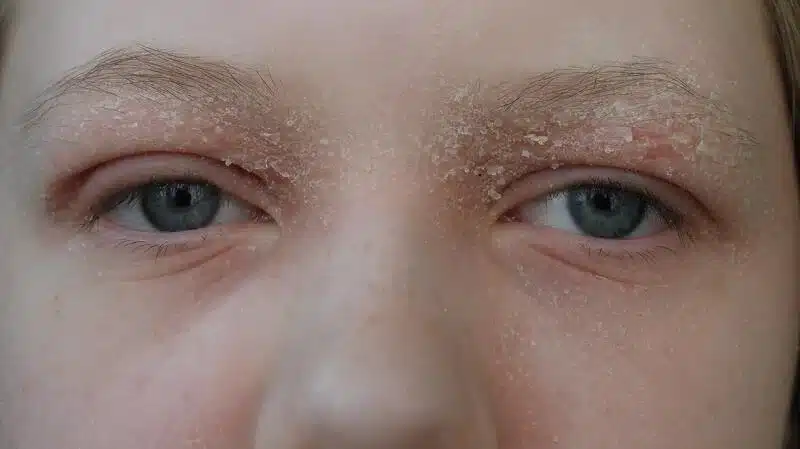
Signs include:
- Red, flaky patches on the eyelids.
- Swelling and itching near the eye area.
- Dryness, oozing, or small blisters in severe cases.
Photos of Eyelid Dermatitis
Looking at photos may help you recognize symptoms. But only a doctor like Dr. Kopelman can confirm the cause and recommend safe treatment.
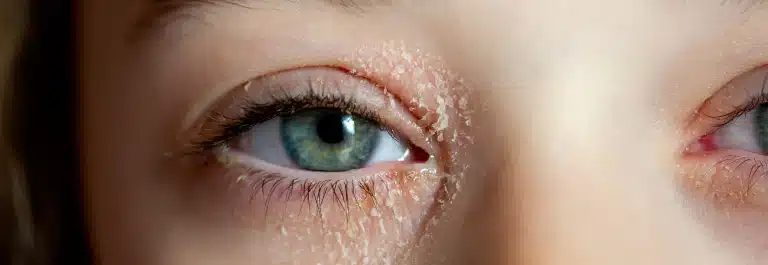
Treatment and Relief Options
Eyelid Dermatitis Creams and Medical Treatments
Options include:
- Steroid creams for short-term flare-ups.
- Calcineurin inhibitors for sensitive eyelid skin.
- Eye drops if itching or swelling is severe.
- Topical antibiotics for secondary infections caused by scratching.
- Patch tests to find allergens in allergic contact dermatitis.
Best Eye Creams for Eyelid Eczema
Hypoallergenic moisturizers can protect the skin. Choose products safe for the eye area to prevent new irritations.
Should You Moisturize Eyelid Dermatitis?
Yes. Fragrance-free, gentle moisturizers help heal and stop dryness. Avoid makeup during active flare-ups.
Fastest Relief and Home Care Tips for Eyelid Dermatitis
- Apply a cold compress to ease swelling. You can follow our guide on cold compress for swollen eyelid for safe steps.
- Wash your hands before touching your face.
- Stop using products that may be causing a reaction.
- Use over-the-counter hydrocortisone cream if a doctor approves it.
Long-Term Management and Prevention
Can You Cure Eyelid Dermatitis?
There is no permanent cure, but managing triggers and using gentle skin care reduces flare-ups.
Preventing Flare-Ups and Recurrence
- Avoid known triggers like makeup with fragrances or nickel jewelry.
- Use hypoallergenic products for hair and skin.
- Keep eyelid skin healthy with mild cleansers and moisturizers.
- Schedule regular visits with Dr. Kopelman for expert care.
Key Takeaways for Managing Eyelid Dermatitis
- Eyelid dermatitis comes in different types, each with unique triggers and healing times.
- Avoid irritants like makeup, metals, and allergens to reduce flare-ups.
- Seek medical help if symptoms last over two weeks or affect your vision.
- Dr. Joel Kopelman offers expert treatment for patients with severe or recurring eyelid dermatitis.
When to See a Doctor for Eyelid Dermatitis
Call a doctor if:
- Symptoms last more than two weeks.
- You have pain, swelling, or vision changes.
- You suspect a serious allergic reaction or infection.
Dr. Kopelman can create a treatment plan to heal your eyelid skin and prevent future flare-ups. If you’re struggling with eyelid dermatitis or unsure about your symptoms, schedule a consultation with Dr. Joel Kopelman at Kopelman Aesthetic Surgery.

